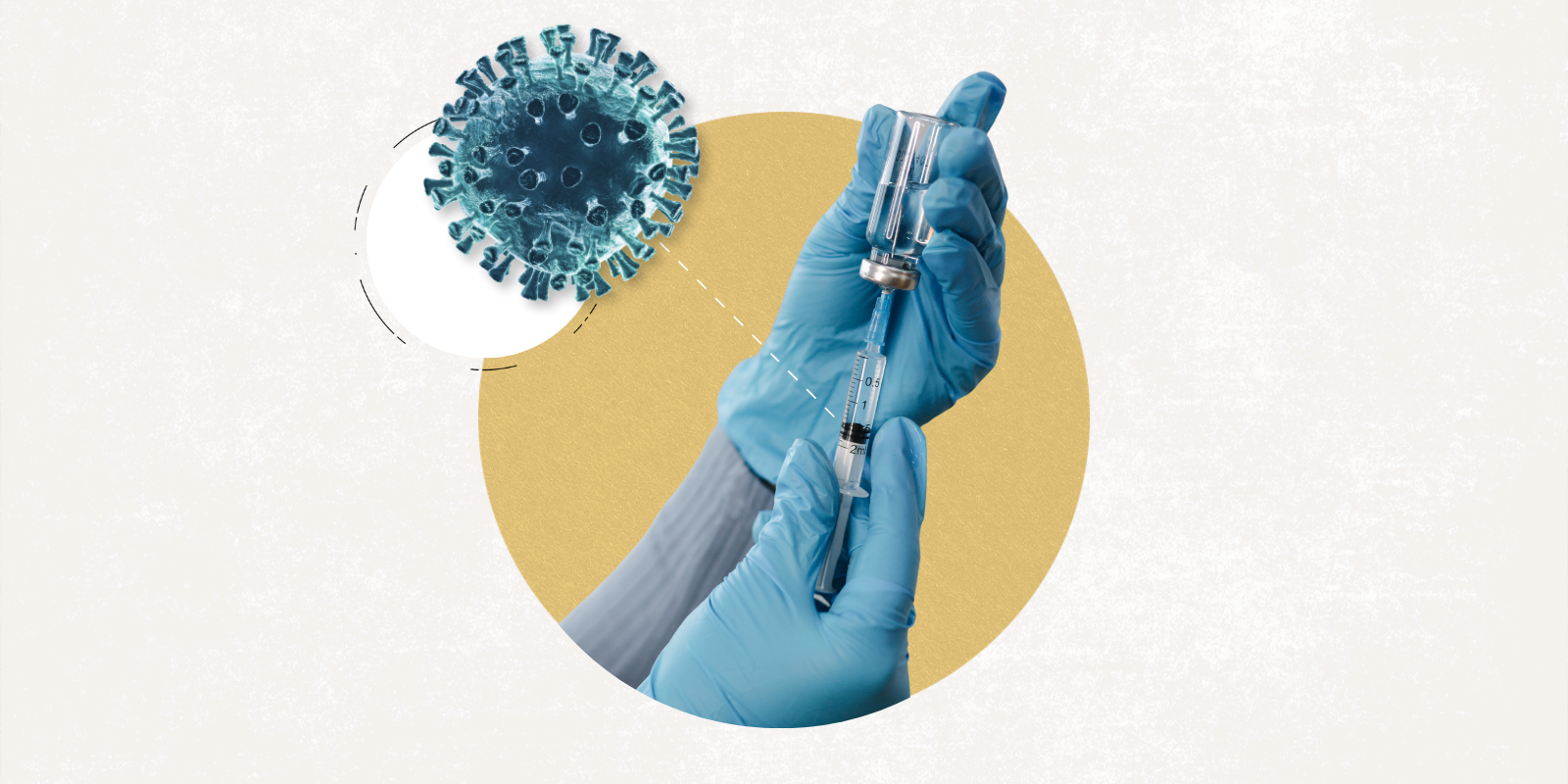How would you compare the risks of COVID-19 to the risks of the shot for this age group?
The risk of getting sick from COVID is much higher than the risk of any serious side effects from the vaccine. In general, the side effects are very mild, and even less commonly seen in children compared with adults. In comparison, with the omicron wave, we have seen an increase in COVID in children, who had been relatively spared earlier on in the pandemic. And with this wave, there has been an increase in the number of hospitalizations, especially among children less than 5 years of age.
What are we learning about little kids and Long COVID?
Long COVID is less frequent in children than in adults but can still occur. Among the pediatric population who are presenting with features like chronic fatigue symptoms, difficulty concentrating, mood disorders and headaches, it tends to be in older adolescents, but persistent symptoms can still occur in younger children.
The ways that younger children present with consequences from COVID are different from adolescents and adults. Younger children may have persistent symptoms from their acute COVID like cough, or worsening of their underlying medical conditions, like wheezing if they have asthma.
We conducted an exploratory study among children with COVID infection across ours and eight other children’s hospitals, and we found that approximately 1 in 4 children have some post-acute sequelae of COVID, and that some of the most common symptoms and conditions were changes in smell and taste, chest pain, myocarditis, myositis and mental health conditions. Children under the age of 5 were also at risk for reporting a new or persistent symptom after their COVID-19 infection.
Is the mysterious hepatitis in youth potentially linked to past COVID infections?
The evaluation of children with hepatitis is ongoing and whether it is related to COVID is still not fully clear. In the original group of children identified late last year, many were found to have adenovirus type 41 identified (a virus that is known to cause respiratory illness as well as gastrointestinal illness), and testing for COVID was negative. Some researchers wonder if the initial damage is caused by adenovirus, some believe that the cause may be related to the immune response to previous infection by SARS-CoV-2, and others are proposing that they may both be involved, which then triggers the immune system to cause the liver damage.
Have there been any safety issues with the shots in clinical trials?
The most common side effects from the vaccines in the very young 6-to-36-month age group were fever, irritability and crying, loss of appetite and sleepiness. In the slightly older children, who were 37 months to 5 years of age, they had pain and redness at the injection site, fever and more rarely swelling or tenderness of lymph nodes in the same limb as the injection, which is what was seen in adults. Most of these symptoms were mild and resolved quickly. Among children with fever, most of them were low grade, between 100.4 to 102. Only 4% of children who received either injection developed a fever higher than 102. There were no serious adverse effects reported for both the Moderna and Pfizer trials.
Importantly, there were no cases of myocarditis (heart inflammation that was seen in older teens and young adults), in both trials.
Pfizer’s COVID-19 vaccine had 80.3% efficacy in preventing COVID-19 cases that produced symptoms in children under 5 years old. For Moderna’s vaccine for children between 6 months and 2 years, the vaccine efficacy against disease was 43.7%, falling to 37.5% for 2- to 6-year-olds. Can you discuss the differences in efficacy between the two?
It is important to remember that the efficacy was looking at preventing any infection from SARS-CoV-2. It is likely that the protection against more severe disease is high for both vaccines, because children had higher antibody levels than adults who received two doses. Both vaccines are very similar, using the same mRNA technology, but the dose and the number of shots varied between the two studies and are likely the reasons why we are seeing differences in their reported efficacy.
(Pfizer’s vaccine uses a 3-microgram dose, one-tenth of the adult dose, spaced out over three injections. The first two doses are three weeks apart, and the third is administered two months after the second dose. The Moderna vaccine for children under 6 years old uses a quarter of the adult dose, 25 micrograms, as two doses spaced 28 days apart.)
There is more evidence emerging that immunity can wane even after a couple of months of receiving two vaccines, and that getting a third vaccine can help to boost a person’s immunity significantly. So in the Pfizer trial, even though the dose was much lower, they evaluated a three-dose regimen, which is why the efficacy was higher. The Moderna trial, however, evaluated two doses, which is why the efficacy was lower. Moderna is exploring studies with a three-dose regimen and is likely to show improved efficacy.
When and where can parents get the vaccines for their children?
COVID-19 vaccines for younger children will be available at many pediatrician offices. It is also possible to receive vaccines on our campus and affiliated locations. The Colorado Department of Public Health and Environment (CDPHE) is partnering with Children’s Hospital Colorado to bring its mobile vaccine clinics to our Anschutz Medical Campus, South Campus (Highlands Ranch), North Campus (Broomfield) and the Colorado Spring’s location.
%201920%20x%20585.jpg)


.png)

